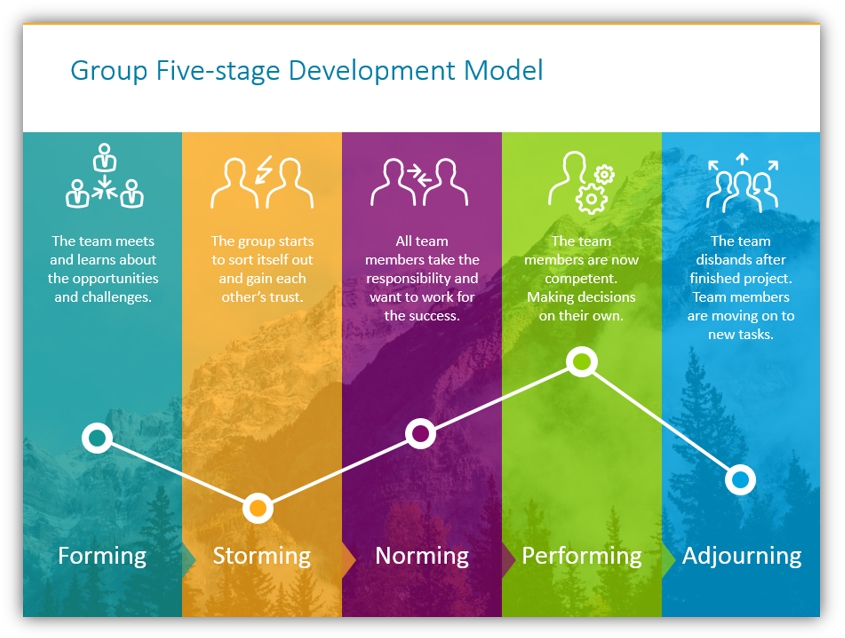The following are my comments to my peers’ posts.
Hello Stephanie, I read your post about cooperative learning, and I totally agree with you that group work is used a lot in schools, especially during online live lectures. During Covid-19 with virtual learning, I feel that most of us mute microphones and turn off cameras while listening to live online classes, which lack the sense of interactivity. Virtual group work helps us make connections and interact with each other and focus on class material. If I got difficulties, I asked and shared my thoughts in the group before asking the teachers for all my courses. In EDCI 335, the Learning Design Blueprint assignment was a group project that involved cooperative learning. During this opportunity, I had a chance to meet new peers online via group meetings. In the meetings, I listened to different perspectives from others when we discussed the topic and negotiated the solution, and then compared them with my idea. In this way, it would improve my critical thinking and deeper understanding. Also, a group meeting is the best way for me as a second language learner to increase my communication and social skills when we intact with each other. A connection between your post and mine is the example of cooperative learning. You mentioned ‘Think-Pair-Share’, and mine is the ‘Jigsaw Model.’ Both of them are typical representatives of the cooperative learning method.
Additionally, I really like the YouTube video that you mentioned in your post – Collaborative Learning Builds Deeper Understanding. In the video, I like the idea that the classwork questions are more complicated than the homework questions (Edutopia, 2012). So the purpose of designing complex classwork questions for students is to encourage them to work collaboratively to reach an optimal solution (Edutopia, 2012). The homework questions are designed to be more straightforward because students can do them individually after the class time (Edutopia, 2012). By thinking my personal experience, some of my professors like to test the materials we discuss in class instead of homework questions. Therefore, cooperative learning is a fundamental learning approach for us as students to learn and grow. As a result, cooperative learning activity is designed in our interactive learning topic – Descriptive Statistics for grade 10 students to give them the experience to explore learning Statistics together.
Other than cooperative learning, I learned about another learning approach, inquiry-based learning, by going through Yuqi’s post. Hi Yuqi, I like how you format your blog, which contains different colors of fonts, images, and video, catching my eyes. From your blog, I learned that inquiry-learning is a student-centered learning approach that teachers guide the students to construct the learning material through hands-on experience. The video in your post is also beneficial to answer my question ‘what is the role of the teacher?’. The teacher plays the role of the facilitator of learning to explore the unit and paying attention to preparing the designed activities for students (Crombie, 2014). Additionally, I am interested in your group’s blueprint of spicy Chinese food culture. I think this topic would be attractive to people in western culture. I totally agree with you to use both direct instruction and cooperative learning methods in your interactive learning resource, especially demonstrating the material to students before doing the collaborative activities, because it would be easier for them to understand the traditional Chinese food culture, such as the different variety of ingredients, different ways of cooking. Even though I agree with you that inquiry-learning is not the best learning approach to align with your topic, it could be used later in the class to engage students in activating their curiosities once they fully understand the history of spicy Chinese food culture. For example, in group work, one group member could question the group about the ingredient that he saw earlier in Chinatown. Then, the whole group can investigate the question in their own way, and finally, they can present the answer in the class as a group. One of the assessments that I can think of right now about the final project of your topic is to let each group cook a traditional spicy Chinese dish by using the recipes and material they learned in the class and share the dish with the rest of the class. This hands-on project would reflect how much of the class content they understand. Also, it contains collaborative interaction for groups’ contributions. Lastly, after reading your post, I am curious about what kind of assessments did your group designed.
I really enjoin the time reading my peers’ posts, and I am looking forward to doing peer reviews of our interactive learning recourse.
References
Edutopia. (2012). Collaborative Learning Builds Deeper Understanding [Video]. YouTube. Retrieved from https://www.youtube.com/watch?v=rWEwv_qobpU
Crombie, S. (2014). What is Inquiry-Based Learning? YouTube.com. Retrieved from https://www.youtube.com/watch?v=u84ZsS6niPc&t=198s


